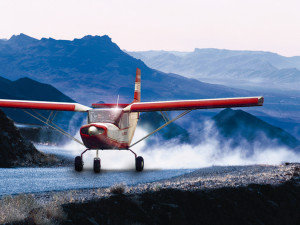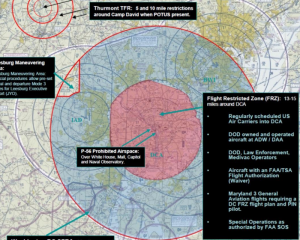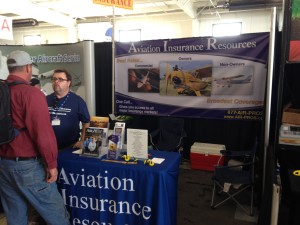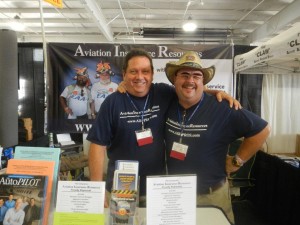When it comes to owning and operating an aircraft, understanding the insurance requirements is a critical part of the equation. Whether you’re flying a standard certified aircraft or an experimental model, there are distinct differences in how insurance companies assess risk, coverage options, and premiums. Knowing these differences can help you make informed decisions and avoid unexpected financial surprises.
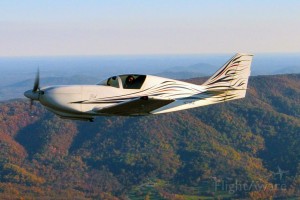
Understanding Standard Aircraft Insurance
Standard aircraft are those that are fully certified by the Federal Aviation Administration (FAA). These include most commercial planes, private jets, and popular general aviation models like Cessna or Piper aircraft. Insurance companies generally view these aircraft as lower risk because they meet rigorous FAA safety and maintenance standards, and they often have a long track record of safe operation.
With standard aircraft, insurance coverage is relatively straightforward. Policies typically cover:
- Liability Coverage: Protects against third-party claims in the event of property damage or bodily injury caused by the aircraft.
- Hull Coverage: Covers the cost of repairing or replacing the aircraft if it’s damaged in an accident, theft, or other covered event.
- Medical Payments: Provides coverage for medical expenses for passengers injured during a flight.
Premiums for standard aircraft are often more predictable, given the established safety records and the confidence insurers have in their reliability. However, even with a standard aircraft, certain factors—such as the age of the aircraft, pilot experience, and usage—can affect the cost of insurance.
Experimental Aircraft Insurance: A Different Ballgame
Experimental aircraft, on the other hand, are built by individuals rather than manufacturers and are not subject to the same FAA certification process as standard aircraft. This can include kit planes, amateur-built models, and certain one-of-a-kind aircraft. Due to the nature of their construction and the fact that many experimental aircraft lack the long operational history of standard models, insurers often consider them a higher risk.
Key differences in insurance for experimental aircraft include:
- Higher Premiums: Because experimental aircraft may have more unpredictable performance and a limited safety track record, insurance rates tend to be higher. Insurers take into account the possibility of increased risk during the construction and initial operation phases.
- Limited Coverage Options: Not all insurance companies are willing to provide coverage for experimental aircraft, and those that do may offer more limited coverage options, particularly for hull insurance. The cost of repairs can be difficult to estimate, and the availability of replacement parts may be limited.
- Builder’s Insurance: For those building an experimental aircraft, some insurers offer policies that provide coverage during the construction phase. This can protect your investment in the materials and tools needed to complete the aircraft.
Safety Measures and Their Impact on Insurance
Whether you’re flying a standard or experimental aircraft, safety is always a top priority. One key factor that insurance companies consider when setting premiums is the presence of modern safety systems and equipment on your aircraft. These systems not only reduce the risk of accidents but can also lower your insurance costs by proving that you’ve taken extra precautions to ensure safe operation.
For example, installing an aircraft satellite communication system can play a significant role in improving safety. This system allows pilots to maintain constant communication with ground stations, providing real-time updates on weather conditions, air traffic, and emergency situations. Such systems are especially critical for long-distance or remote flying, where traditional communication channels may be limited. By keeping your aircraft connected at all times, these systems can help avoid potentially dangerous situations, which in turn can influence insurance companies to offer more favorable terms or lower premiums.
Other safety measures that can impact insurance rates include:
- Advanced Avionics: Systems like GPS navigation, autopilot, and collision avoidance technology can enhance pilot awareness and reduce the likelihood of human error.
- Regular Maintenance: Ensuring your aircraft undergoes regular, thorough maintenance inspections can demonstrate to insurers that your aircraft is in top condition, further lowering the perceived risk.
- Pilot Training: For both standard and experimental aircraft, pilot experience and training are key factors in determining insurance rates. Insurers often look for advanced certifications, ongoing training, and flight experience in similar aircraft types to assess the pilot’s ability to safely operate the aircraft.
Making the Right Choice for Your Aircraft
When deciding between a standard or experimental aircraft, it’s essential to consider not only the upfront cost of the plane but also the long-term costs, including insurance. While experimental aircraft may offer a unique flying experience and the satisfaction of building something with your own hands, the higher insurance costs and limited coverage options should be factored into your decision.
For standard aircraft, the insurance process tends to be more straightforward, and the availability of coverage is more widespread.
Conclusion
Choosing the right type of aircraft is a personal decision that depends on your flying goals, experience, and budget. However, understanding the insurance implications of standard vs experimental aircraft is critical in making an informed decision. By taking proactive safety measures, staying up to date on maintenance, and installing advanced systems, you can not only improve the safety of your flights but also reduce your overall insurance costs.l
In the end, whether you’re flying a standard or experimental aircraft, prioritizing safety will always pay off—both in the air and when it comes to your insurance premiums.
To find out more about obtaining the best rate for your aircraft insurance, please contact Aviation Insurance Resources by calling 877-247-7767 or visit AIR-PROS.com today to receive your free Aircraft insurance quote!
You can also follow us on Facebook, Twitter, LinkedIn, Pinterest, and Google+.

